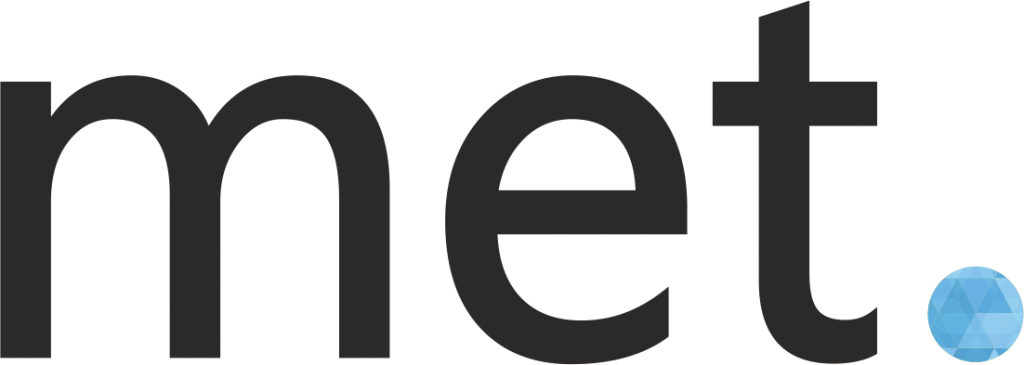The task within this project was to develop a wireless communication & control solution for CSP (concentrated solar power), which would substitute the commonly used cabling communication and reduce CAPEX of the plant. Most important factors for communication system selection and design are following:
1. Very high number of heliostats in relatively small area.
2. Very short (keeping in mind number of heliostats) delivery time of some messages.
3. Limited number of RF (radio frequency) channels in any license free ISM (industrial, scientific and
medical) radio band.
All these requirements set constraints for all elements of communication system: frequency usage, protocol selection, division of all network to smaller sub networks and so on. In order to achieve required parameters all elements must be highly optimized.
To ensure low requirements (output power, sensitivity) to network end-node devices, whole network must be divided into hierarchy levels:
Low Level sub-Network (LLN) — consists of nodes (HCU – Heliostat Control Unit; this device controls facet movement actuators, performs all necessary power control, Sun sensor data processing and so on). This network is controlled by Heliostat Field Controller (HFC). Intermediate Level sub-Network (ILN) consists of HFC (LLN control device, its data output is connected to ILN; generally this is bridge between LLN and ILN) nodes and has Heliostat Central Controller (HCC) — main control unit if entire field, located near the reception tower. High Level sub-Network (HLN) is used to connect HCCs to coordinator. Dividing the network into sub-networks also allows collecting data from heliostats in many LLNs at the same time – at that point LLNs are operating independently from each other. HFC encapsulates collected data within his LLN to another type of data packet than used for LLN. This removes a lot of not needed information (mainly LLN message headers). As can be seen from Fig. 2, LLN and ILN must operate at different frequency bands.






